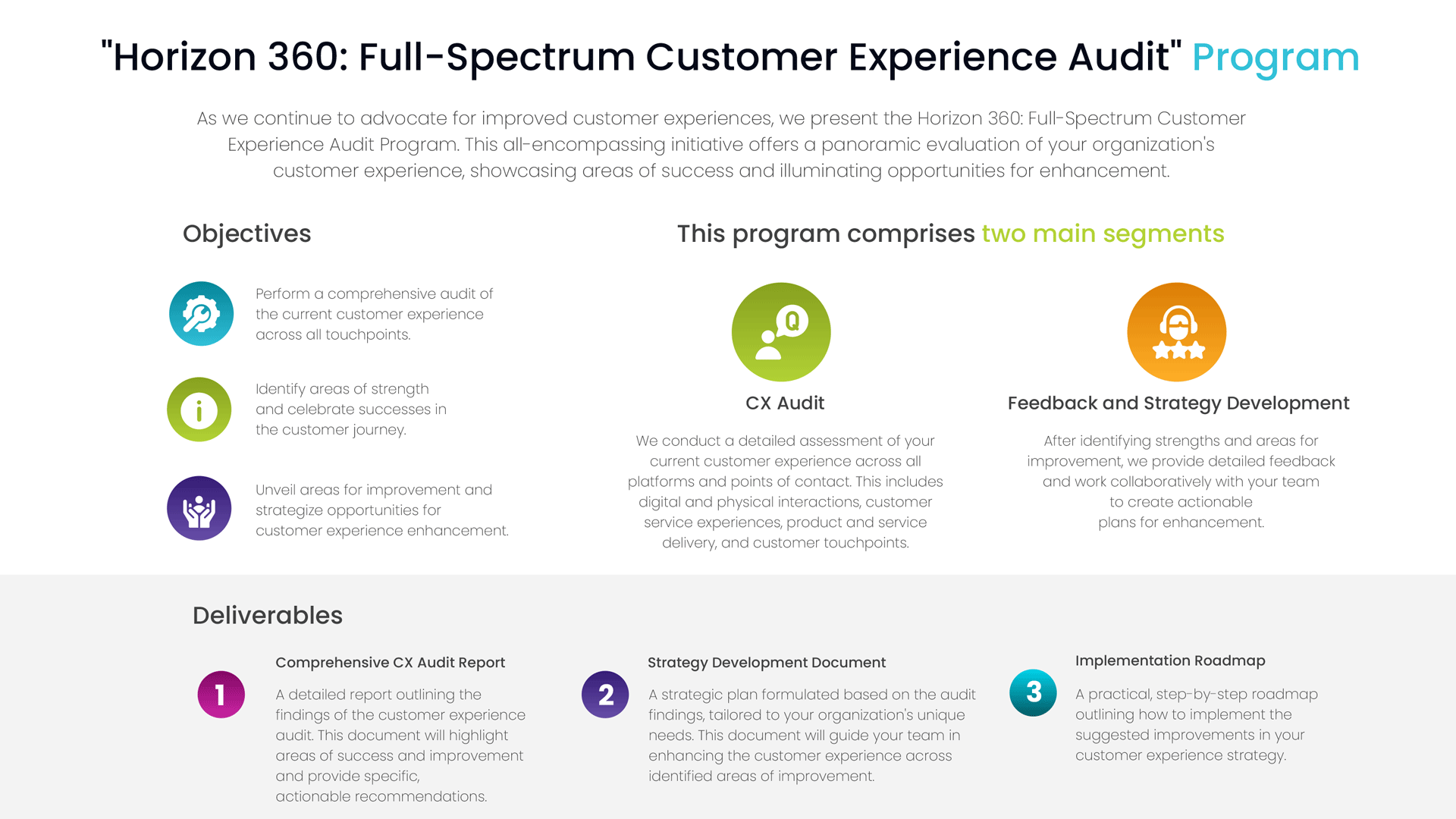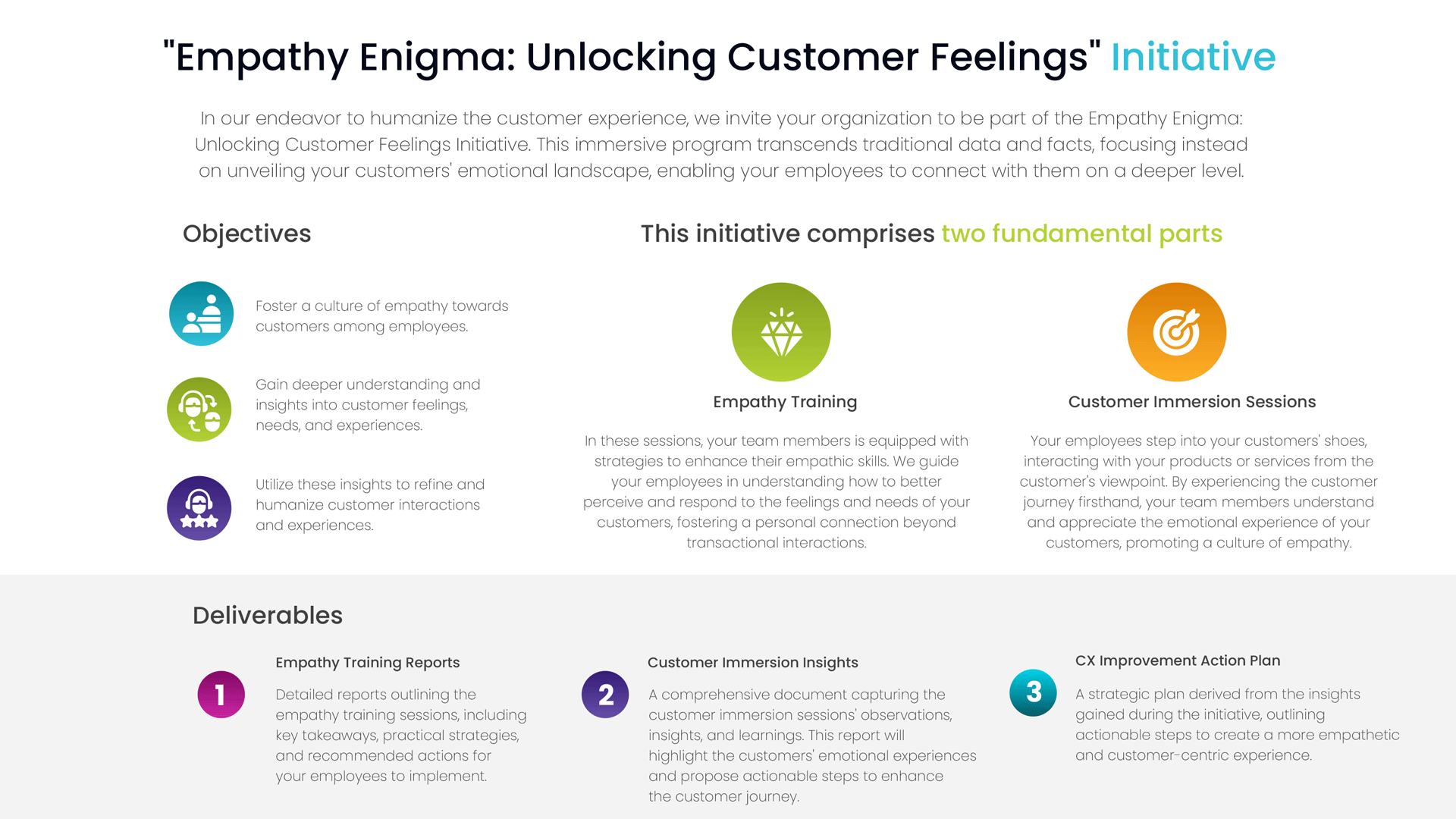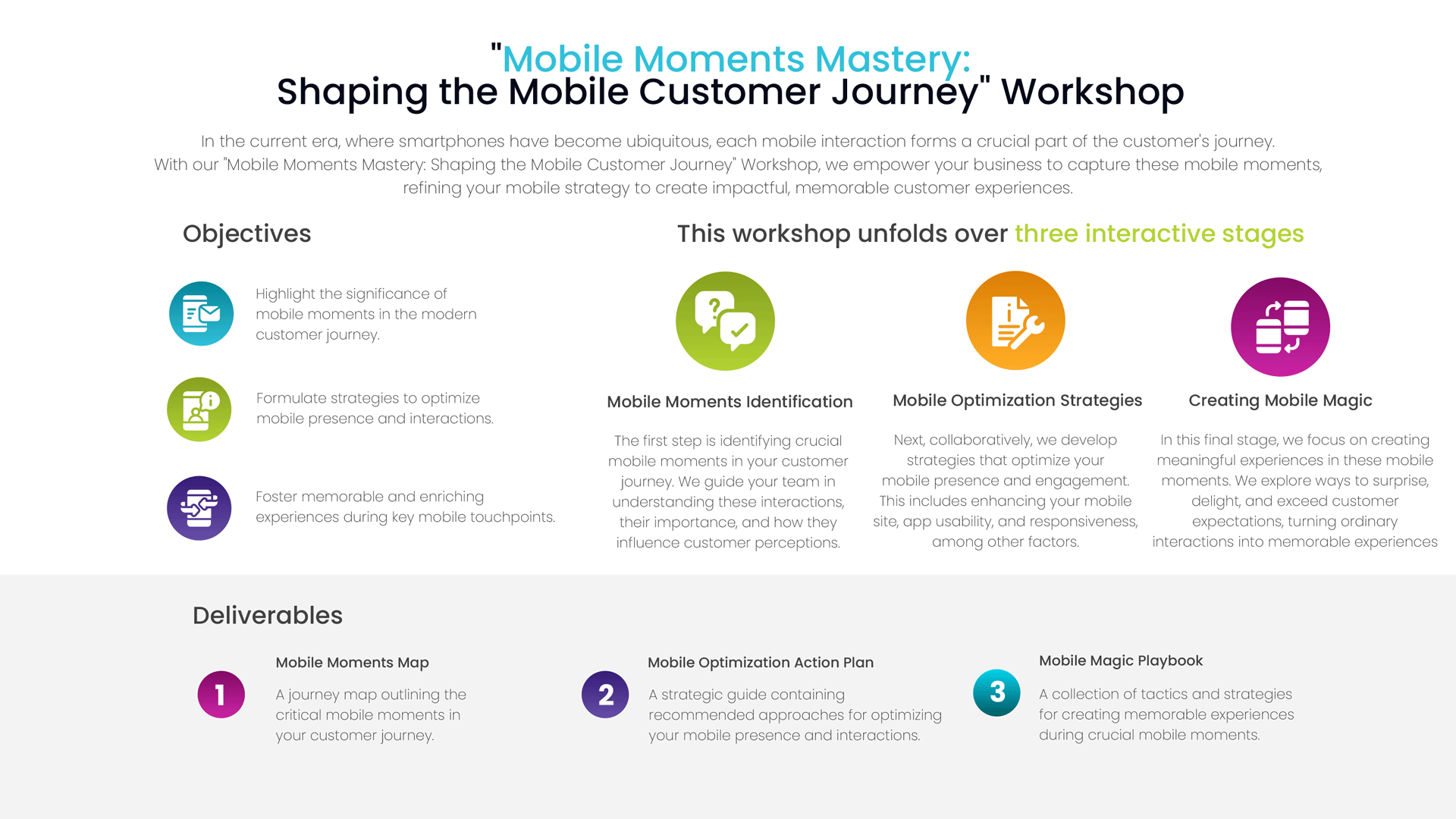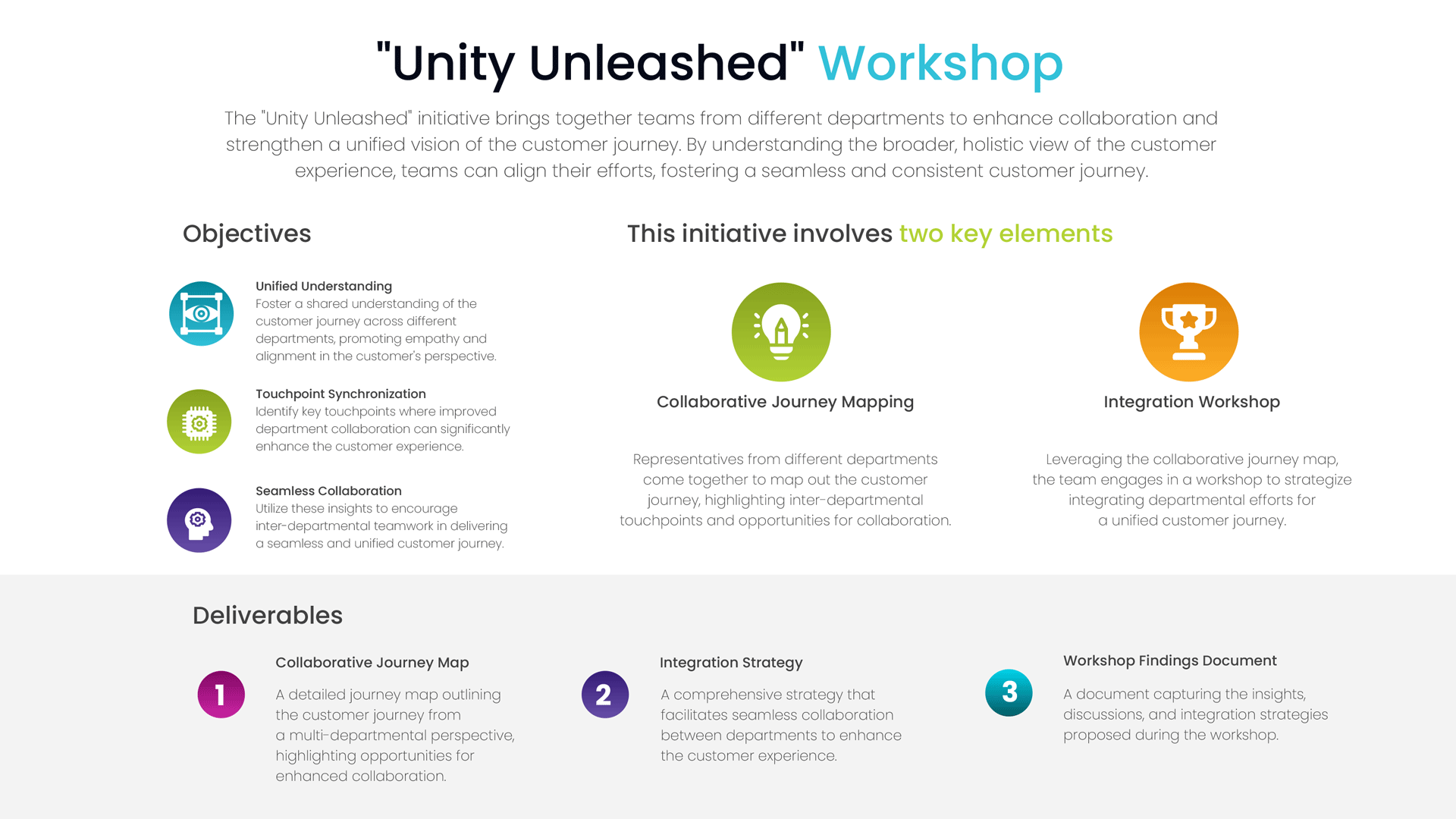
In the realm of business, particularly in sectors where customer interaction is frequent and pivotal, various strategies are employed to optimize revenue. One such strategy, emanating from the airline industry, is the concept of “calculated misery.”
This tactic is rooted in the art of monetizing discomfort to propel customers towards paying for alleviations. The airline industry, with its cramped seats, limited legroom, and a la carte pricing for what were once considered basic amenities like checked baggage or in-flight meals, provides a fertile ground for such a strategy. By creating a baseline of discomfort, airlines nudge passengers towards purchasing ‘extras’ like priority boarding, additional legroom, or a more forgiving cancellation policy. These upsells, while enhancing the customer’s experience, contribute significantly to the airline’s bottom line.
As new platforms for customer engagement emerged. Social media platforms, the modern agora for consumer interaction, have seemingly taken a leaf out of the airlines’ playbook. These platforms, initially heralded as free spaces for interaction, are subtly weaving in elements of “calculated misery.”
The once seamless scrolling experience is now intermittently interrupted by advertisements or prompts to switch to a premium, ad-free version. Similarly, algorithm tweaks that limit the organic reach of posts nudge businesses towards paid promotions to maintain their audience engagement. The transition of “calculated misery” from a physical environment to a digital playground elucidates a concerning trajectory in customer experience strategies. The fine line between nudging and nudging too hard, between acceptable monetization and exploitative practice, is becoming increasingly blurred.
This migration of “calculated misery” from the skies to the screens poses a pressing ethical dilemma, especially in an age where digital transparency and customer-centricity are often touted as the hallmarks of modern, reputable businesses.
The unfolding saga of “calculated misery” is more than a tactic; it’s a reflection of broader market dynamics and ethical considerations that are integral to the evolving landscape of customer experience in the digital age.
The Birth of Calculated Misery in Airlines
The historical trajectory of “calculated misery” finds its genesis in the skies. Airlines, grappling with thin margins and a highly competitive market, sought innovative ways to augment their revenue. The strategy that emerged was simple yet effective: create a base level of discomfort and then offer alleviations at a premium. The cramped seats, restrictive baggage policies, and the cascade of fees for additional services became the tools to engineer a scenario where passengers are inclined to pay extra for a modicum of comfort.
This approach, while financially lucrative, came at the cost of customer satisfaction. The transactional nature of the relationship, where comfort became a commodity, often left passengers feeling nickel-and-dimed. Over time, this strategy became synonymous with a lack of empathy towards customer needs, casting a long shadow over the airline industry’s customer experience narrative.
The Digital Migration – Social Media’s Adoption of Calculated Misery
The digital arena, with its boundless potential for customer engagement, presented a new frontier for the application of “calculated misery.” Social media platforms, the custodians of digital interactions, began subtly integrating elements of this strategy. The seamless user experience gradually became punctuated with prompts for paid features or advertisements. Algorithmic changes that curtailed the organic reach of content nudged brands towards paid promotions to retain their visibility and engagement levels.
This subtle transition signifies a concerning trend. Unlike the overt application of “calculated misery” in airlines, the digital domain masks these tactics under the veneer of algorithmic neutrality, making it less apparent to the average user, yet no less impactful.
The Ethical Dilemma
The adoption of “calculated misery” in digital customer engagement poses an ethical conundrum. In an era where brands vouch for customer-centricity, the practice of deliberately engineering discomfort stands in stark contrast. The long-term implications extend beyond mere financial considerations; they touch upon the core of brand trust and customer loyalty.
The nuanced conversation around the ethics of “calculated misery” underscores a broader dialogue about the moral compass guiding modern business strategies, especially in the digital domain where transparency is often a casualty.
The Road Ahead for Brands
In navigating the complex narrative of “calculated misery,” brands stand at a crossroad. The path chosen will not only define their customer experience strategy but also their ethical stance in the modern market landscape.
Forward-thinking brands have the opportunity to differentiate themselves by eschewing short-term gains from discomfort monetization in favor of long-term loyalty built on transparency, trust, and an authentic commitment to customer satisfaction.
Here’s what they should do:
- Transparency in Practices:
- Be open about your business practices and policies. Transparency is the cornerstone of trust and loyalty. Customers value a brand that’s forthright about its intentions and operations.
- Customer-Centric Innovation:
- Develop and invest in innovations that prioritize customer comfort, satisfaction, and ease of use. Make the customer’s journey the focal point of your innovation strategy, ensuring that each touchpoint adds value to their experience.
- Ethical Monetization Strategies:
- Explore monetization strategies that are fair and ethical. Avoid tactics that exploit customer pain points or discomfort. Instead, create value that customers are willing to pay for, thereby fostering a positive association with your brand.
- Engage in Open Dialogue:
- Encourage open dialogue with your customers to understand their needs, expectations, and discomforts. Utilize feedback channels, social media platforms, and community forums to keep the lines of communication open. This interaction can provide valuable insights into creating a more positive customer experience.
- Educate Customers:
- Educate your customers on the value they receive and how your pricing or monetization strategies align with the provision of this value. Helping customers understand the value proposition reinforces the perception of fairness and builds trust.
Seriously Tho:
The tale of “calculated misery” from airlines to social media platforms unveils a profound discourse on the ethos of modern customer engagement. The challenge and the opportunity lie in navigating this narrative with an unwavering commitment to ethical, customer-centric strategies. As brands traverse this path, the cardinal goal should remain unequivocal: fostering a positive, enriching, and transparent customer experience in the digital age.
The landscape of “calculated misery” is not just a tactical maneuver but a reflection of broader market ethos. It becomes evident that the tactics employed by entities like Delta and Spirit Airlines have found a new guise in the digital dominions of Twitter, Snapchat, and now, TikTok.
The manifestation of “calculated misery” across these platforms, albeit with varying degrees of subtlety, underscores a pressing concern. It’s a wake up call for brands and platforms alike to introspect on the ethical ramifications of such strategies on the customer psyche and the overall brand-customer rapport.
In my view, the essence of customer experience lies in fostering a realm of trust,
transparency, and mutual respect between brands and their audiences.
The move towards discomfort monetization, as seen in these examples, is a deviation from the fundamental tenets of customer experience. As we move forward into a future where digital interactions will continue to expand, it’s imperative that customer-centricity isn’t overshadowed by the lure of transient financial gains.
The trending narrative of “calculated misery” should serve as a catalyst for a broader dialogue on ethical customer engagement strategies, ensuring that the digital realm remains a conducive space for positive brand-customer experiences.
Simply put. Do the right thing.










